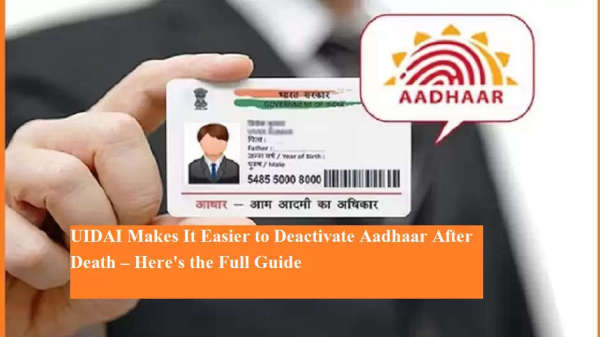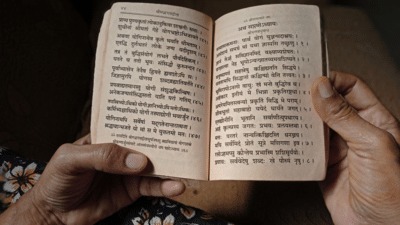
To curb the misuse of Aadhaar numbers after an individual’s death, the Unique Identification Authority of India (UIDAI) has introduced a simplified process to report and deactivate the Aadhaar number of a deceased family member. As of now, over 1.17 crore Aadhaar IDs of deceased individuals have already been deactivated under this initiative.
What’s New?
UIDAI has launched a new feature on its myAadhaar portal called “Reporting of Death of a Family Member”. This tool allows family members to request the deactivation of a deceased person’s Aadhaar number and helps prevent fraudulent activities such as fake benefit claims using the deceased's identity.
Where Is the Facility Available?
This online service is currently available in 24 states and union territories where the Civil Registration System (CRS) is operational.
Required Before Deactivation
To begin the deactivation process, the family must first obtain the official death certificate from the local municipal authority. After this, they can follow the steps on the myAadhaar portal.
Step-by-Step Guide to Deactivate Aadhaar After Death
Visit the official portal:
Go to https://myaadhaar.uidai.gov.in/file-complaint
Click on:
“Report Death of a Family Member”
Log in using your Aadhaar number and OTP
Enter deceased person’s details:
Aadhaar number
Death registration number
Name and other relevant information
Upload the death certificate
Specify your relationship with the deceased (e.g., son, daughter, spouse)
Submit a self-declaration and complete the process
What Happens After Submission?
UIDAI will verify the information and match the death details with official records.
If everything is accurate, the deceased person’s Aadhaar number will be deactivated.
In some cases, if UIDAI receives verified death data from registrars or partner agencies, deactivation can happen automatically.
What's Next?
UIDAI is working closely with the Registrar General of India and other agencies like banks to access death records directly and ensure timely deactivation.
This move is part of UIDAI’s broader effort to maintain a secure, fraud-free national identity system and will soon be expanded to include more states and UTs.
Why This Matters?
Deactivating a deceased person's Aadhaar is crucial to:
Prevent identity theft
Avoid misuse of government benefits
Stop cyber and financial frauds
Maintain accurate population and financial data
Final Note
This step by UIDAI will bring more transparency and safety to the Aadhaar ecosystem. Families are encouraged to promptly report the death of loved ones to ensure that their identities are not misused after passing.









